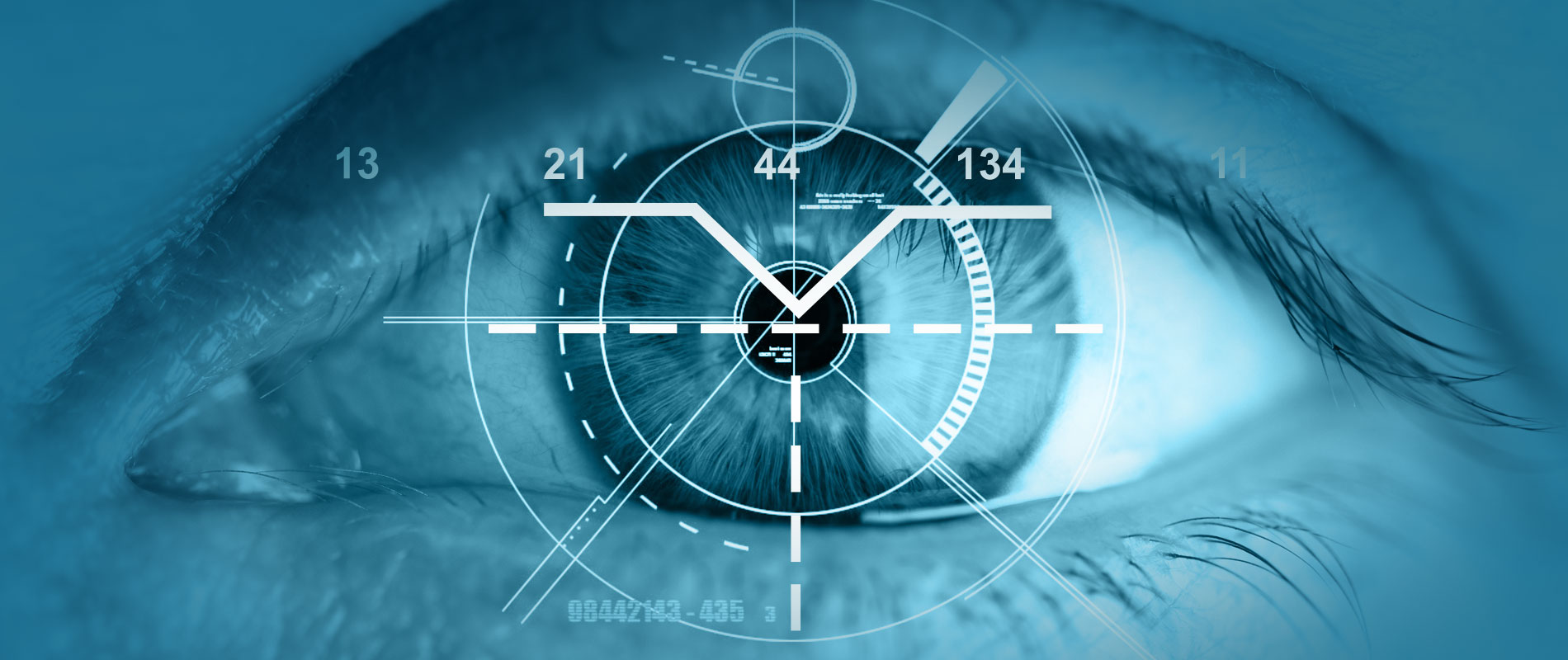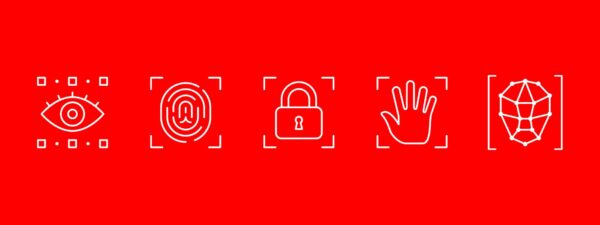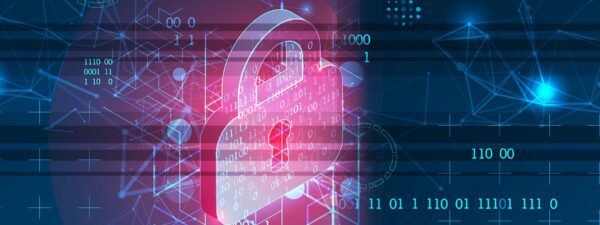It is a known fact that many IoT systems, while efficient and convenient, also offer several security challenges. Tech firms around the world are working double-time to circumvent these issues, making sure that enterprises and even homes remain safe and protected.
Biometrics offers a window of opportunity to enhance the usability and security of the Internet of Things. It can also play a significant role in securing a wide range of emerging IoT devices to address security challenges.
Enhancing security through biometrics
Binding IoT devices with biometrics can improve the security and convenience of current IoT applications–and even enable new ones. Because biometrics carry information about the individual’s user identity and characteristics, integrating them on IoT devices can have significant benefits to consumers, organizations, and the general public.
Fingerprint scanning and voice recognition are some of the most commonly used biometrics nowadays, with the emergence of unlocking security features in digital devices and home assistants. In fact, law enforcement agencies around the world have even used fingerprint scanning technology in IoT devices.
Facial recognition technology, while controversial, is also rapidly becoming one of the most widely-used forms of biometrics, thanks to its high degree of accuracy.
The potential for more advanced biometrics
Biometrics are not just limited to fingerprint scans and voice recognition; cardiovascular biometrics, such as electrocardiograms (ECG) and photoplethysmogram (PPG), are emerging as other alternatives that offer higher degrees of security approval. ECG measures electric signals in a human body’s heart muscle, while PPG detects blood pressure changes and heart rate. ECG and PPG offer more than just identification but can determine the user’s demographics and other health-related data.
Biometric-based identity eliminates the need for (hackable, and often easily forgettable) logins and passwords. In addition, it’s not easy at all to fake someone else’s health data, since the information from ECG and PPG are highly customized for the end-user. As such, access to devices and other information can be highly protected, and can only be decrypted by the actual authorized user themselves.
Other possible biometric applications for IoT include the following:
- Keystrokes, which measure one’s typing patterns;
- Iris scanning;
- Palm print scanning, which involves creases and ridges similar to fingerprints;
- Signatures, in which recognition, pressure, speed, can be used as identifiers.
The possibilities are endless
At the moment, there is no single biometric scanner that can satisfy all possible IoT applications. Designing efficient yet cost-effective biometric systems still requires research and development–and a good amount of resources.
“Biometric service providers do not need to reinvent the wheel to get a bigger slice of the IoT pie, but they also must not cling to traditional, inflexible models. They must prove to IoT players that biometrics can offer intelligent solutions for targeted applications, demonstrate the ease of device deployment, system integration and interoperability with centralized platforms, and showcase pricing model modularity and versatility,” Dimitrios Pavlakis, Senior Analyst at ABI Research, reveals.
What we do know now is that the overall deployment of biometrics in the IoT needs to strike a balance between convenience and privacy–particularly with creating more user-friendly interfaces, to encourage widespread acceptance and adoption.




